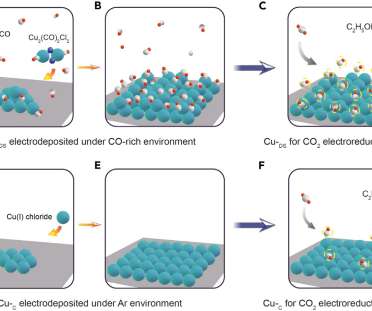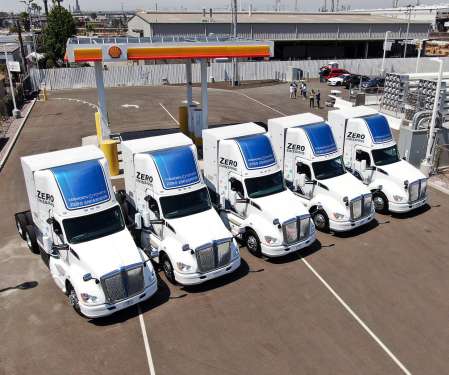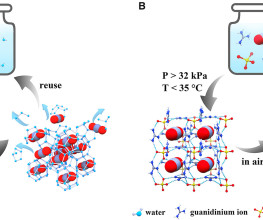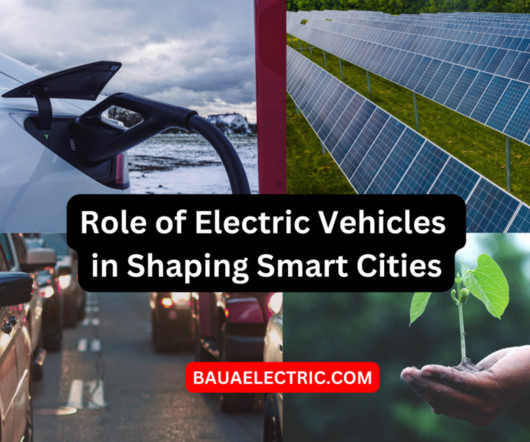Researchers demonstrate efficient electrochemical reduction of CO2 to C2+ alcohols
Green Car Congress
JANUARY 8, 2021
Electrochemical reduction of carbon dioxide (CO 2 ) is a promising approach to solve both renewable energy storage and carbon-neutral energy cycle. In order to improve the economic feasibility in applications, electrocatalytic CO 2 reduction with high activity, selectivity, and stability toward multi-carbon products should be realized.














































Let's personalize your content